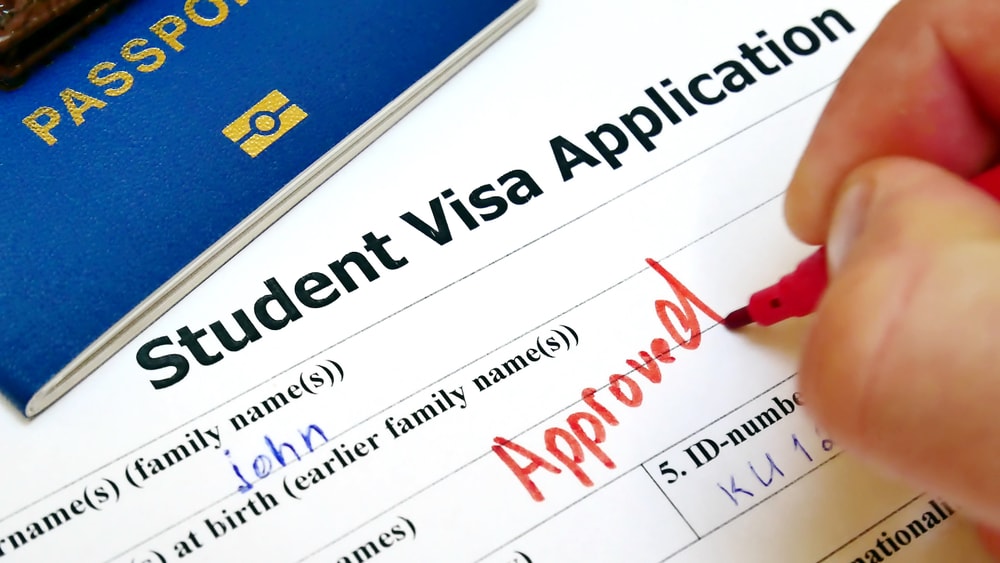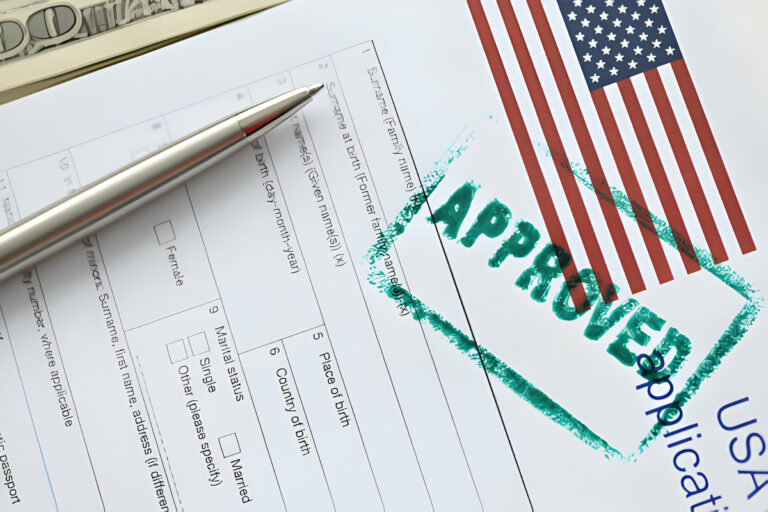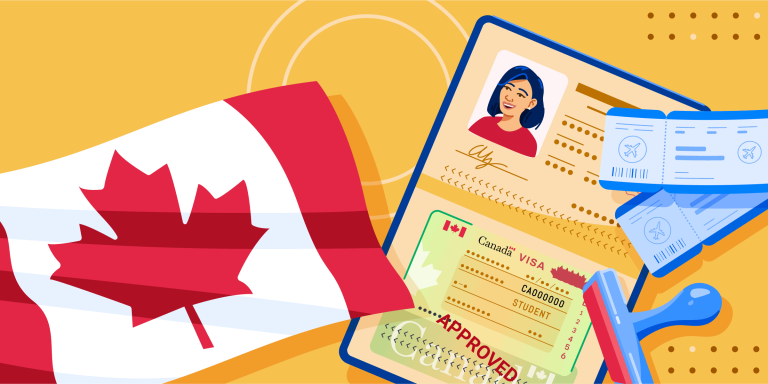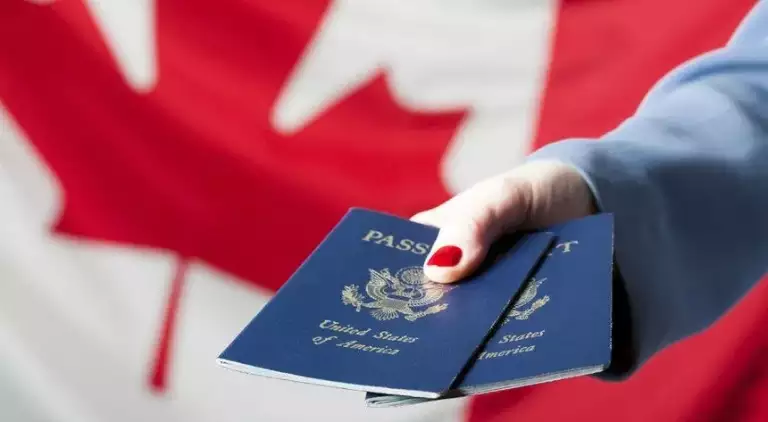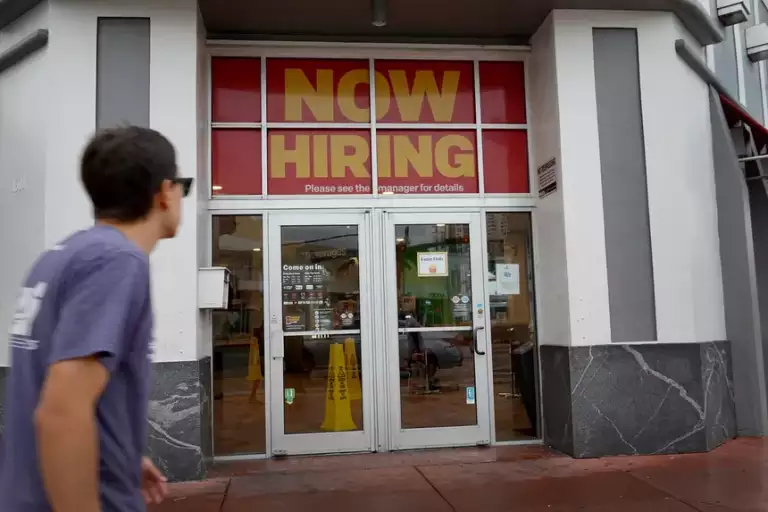USA Student Visa: A Complete Guide to Obtaining a USA Student Visa
Dreaming of studying in the United States? The USA is known for its fantastic universities and diverse experiences. But, to start your American academic journey, you need a student visa. This guide will help you understand the process of getting one and offer tips to make it easier.
Types of USA Student Visas
- F-1 Visa
The F-1 visa is for academic programs at schools like universities and colleges. You need an acceptance letter from an approved school to apply for this visa.
- 1.2. M-1 Visa
The M-1 visa is for vocational or non-academic courses, like technical training. You also need an acceptance letter from an approved school for this visa.
RELATED: U.S.A Visa Application: Your Complete Guide
The Visa Application Process
- Getting Accepted at an Approved School
First, you need to get into a school approved by the Student and Exchange Visitor Program (SEVP). Once accepted, the school will give you a Form I-20, which is essential for your visa application.
- Paying the SEVIS Fee
You must pay the SEVIS fee before scheduling your visa interview. This fee helps maintain records for international students.
- Completing the DS-160 Form
The DS-160 is an online application form. Make sure to have your passport, Form I-20, SEVIS fee receipt, and a recent passport-sized photo ready.
- Scheduling a Visa Interview
Book an interview at the nearest U.S. embassy or consulate. It’s smart to do this well in advance.
- Gathering Required Documents
Prepare your documents for the interview. This usually includes your passport, DS-160 confirmation page, Form I-20, SEVIS fee receipt, a recent passport-sized photo, and any extra documents needed by the embassy or consulate.
- Attending the Visa Interview
During the interview, be ready to answer questions about your academic plans, finances, and ties to your home country.
- Paying the Visa Application Fee
Each applicant must pay a non-refundable visa application fee. The fee amount can vary, so check the U.S. Department of State’s website for details.
- Biometrics Appointment
Sometimes, you’ll need to attend a biometrics appointment to provide fingerprints and a photo.
- Waiting for Visa Approval
After the interview, you’ll typically get a decision within a few weeks. If your application is approved, you’ll find a visa sticker on your passport.
RELATED: Visa Sponsorship Jobs U.S.A: A Complete Guide
Financial Considerations
- Proving You Have Enough Funds
You must show you can cover your tuition and living costs while studying in the USA. This often involves providing bank statements, scholarship letters, and affidavits of financial support.
- Scholarships and Financial Aid
U.S. institutions offer scholarships and financial aid for international students. Explore these options to ease your financial burden.
Maintaining Visa Status
- Full-Time Enrollment
To keep your F-1 or M-1 visa, you must study full-time, which usually means taking a minimum number of credit hours each semester or term.
- Keeping Your I-20 Current
It’s crucial to keep your Form I-20 up-to-date. If anything changes in your program of study or expected graduation date, inform your designated school official (DSO) promptly.
- Work Authorization
On an F-1 visa, you may be eligible for Optional Practical Training (OPT) or Curricular Practical Training (CPT) to gain work experience. However, you must get authorization before starting any work.
- Leave of Absence and Transfers
If you need a leave of absence or want to transfer to another school or make major changes to your academic plan, consult your DSO to ensure you maintain your visa status.
Visa Extensions and Changes of Status
- Extensions
If you need more time to finish your program, you can apply for an extension of your F-1 or M-1 visa. Work closely with your DSO to handle the paperwork.
- Change of Status
When your circumstances change, like switching to a different visa type or changing your status, consult an immigration attorney or advisor for guidance.
RELATED: Canada Student Visa: A Complete Guide to Securing Your Canada Student Visa
Working on a Student Visa
- Optional Practical Training (OPT)
OPT allows F-1 students to work in their field of study for up to 12 months after completing their program. But, you must get employment authorization before starting work.
- Curricular Practical Training (CPT)
CPT permits F-1 students to do internships or work related to their program of study while still in school. You need authorization from your DSO to take advantage of CPT.
Visa Violations and Consequences
- Overstaying Your Visa
Overstaying your visa can lead to serious consequences, including deportation and future visa ineligibility. Always maintain a valid visa status or seek help to fix any issues.
- Unauthorized Work
Working without proper authorization on an F-1 or M-1 visa can jeopardize your legal status and future visa applications. Ensure you have the necessary permissions before taking any employment.
RELATED: Visa Sponsorship Jobs in Canada
Preparing for Life in the USA
- Culture and Lifestyle
Before you leave, learn about American culture, customs, and daily life. Understanding these aspects will help you adjust to your new surroundings.
- Health Insurance
Health insurance is crucial in the USA, as medical care can be expensive. Most schools offer health insurance plans for international students, and private options are also available.
- Housing and Transportation
Sort out your housing and transportation in advance. Many universities have on-campus housing, and public transportation is available in most major cities.
Conclusion
Getting a USA student visa is a significant step toward achieving your academic and career goals in the United States. The application process might seem overwhelming, but with careful planning and following visa regulations, you’ll set yourself up for a successful and enriching educational journey in the USA.
Stay informed, maintain a good visa standing, and embrace the diverse opportunities the United States has to offer. Your journey will not only be educational but also a remarkable adventure of a lifetime. Best of luck!
RELATED: Canada Visa Application: Your Complete Guide to Successfully Applying for a Canadian Visa
